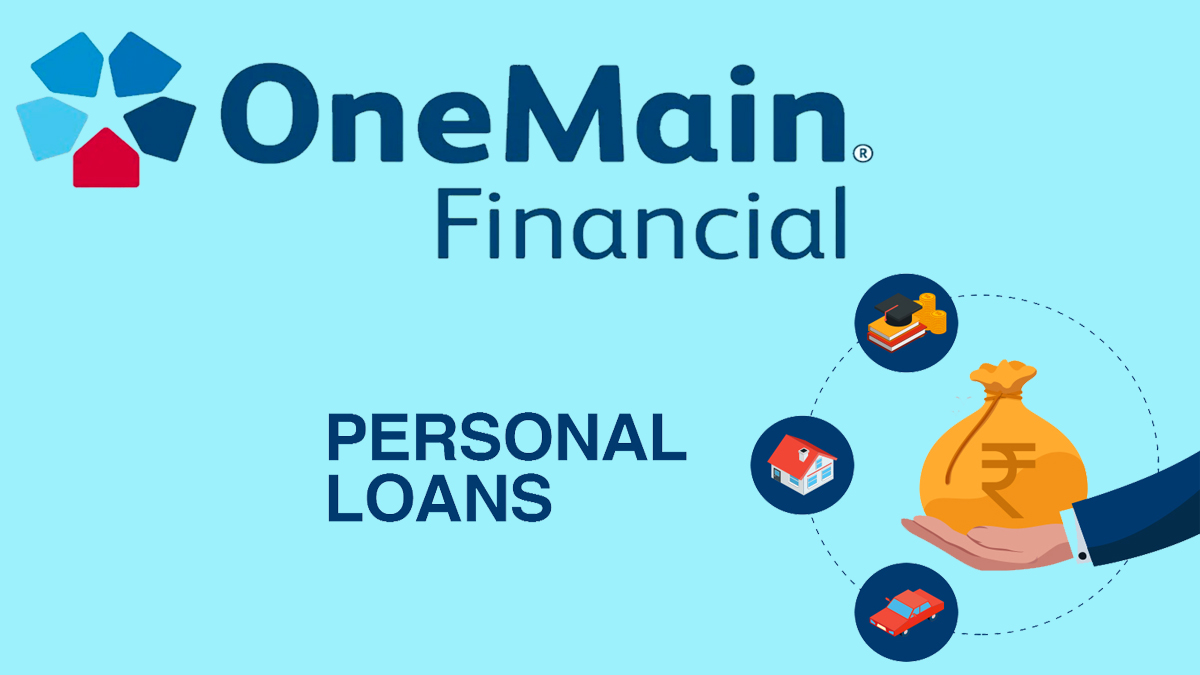A term loan is a type of loan where a borrower receives a lump sum of money from a lender and agrees to repay it over a predetermined period, usually with fixed or variable interest rates. Term loans can be short-term (typically less than a year), medium-term (one to five years), or long-term (more than five years).

They are commonly used by businesses to finance major investments such as equipment purchases, real estate acquisitions, or expansion projects. The repayment terms, interest rates, and other conditions of the loan are usually specified in a formal agreement between the borrower and the lender.
As for individuals or personal reasons, term loans can be used for crucial expenses like high-interest debt consolidation, home renovations, or educational costs. Equally important, a term loan is a type of loan that is required to be paid over a specific duration. Due to their set repayment period, term loans can differ in length from short-term options, which are usually less than a year, to medium-term, often 1 to 3 years, and long-term, more than 3 years.
However, this is subject to the borrower’s needs and the purpose of the loan. Thus, this loan type comes with either a variable or fixed interest rate, which, as a result, affects the total amount of money the borrower can repay throughout the loan. Nevertheless, term loans offer flexible and predictable repayment terms, which, in a good way assist both individuals and businesses with financial planning and budgeting.
How Does It Work?
The process of applying for a term loan involves checking the borrower’s creditworthiness, which also involves reviewing the income, credit history, and collateral used to secure the loan. Upon approval of the loan, you will get the full loan amount upfront in your bank account provided during the application.
Once you receive the funds, you will have to make regular payments over the agreed-upon term of the loans. But keep in mind that this is until the loan as well as the interest and applicable fees, if there are any, are fully repaid.
Types of Term Loans
As mentioned previously, there are different forms of term loans. What’s more, these forms are designed to meet various situations and financial needs for both business and personal purposes. Term loans are grouped based on their requirements for collateral, usage, and tenure. Here is more information about the main types of term loans:
- Short-Term Loans
- Middle-Term Loans
- Long-Term Loans
Short-Term Loans
Short-term loans are usually repaid within a year, although some extend payment to up to 18 months. What’s more, these types of loans are used to cover changeable cash flow shortages, operational needs, and inventory purchases in business. Even though short-term loans come with higher interest rates, they need little documentation for approval.
Middle-Term Loans
Middle-term loans are also known as intermediate-term loans and are usually paid back between the span of 1 and 3 years. They are used for business operations and can help the business grow. However, this type of loan requires collateral for approval.
Long-Term Loans
This type of term loan has a repayment period of more than 3 years, usually 10 to 20 years, and 30 years in some cases. They are also suitable for large personal purchases, buying real estate, and funding long-term business expansions.
Pros and Cons of Applying
Pros
- Lump sum funding.
- It can improve your credit score.
- Fixed interest rates.
- Versatile use.
- Lower rates.
- Fixed repayment terms.
Cons
- Financial strain.
- Collateral required.
- Interest and fees.
- Prepayment penalties.
- Tough qualification requirements.
- Inflexible repayment structure.
How to Apply for a Term Loan
This process consists of a series of steps that will help you successfully secure a term loan that meets your needs. Besides, you can follow this process no matter what the purpose is (individual or business). Here is an easy guide for applying for a term loan:
- Determine your financial needs.
- Check your credit score.
- Compare lenders.
- Prepare all the necessary information.
- Apply for the loan.
- Wait to be approved.
- Accept the loan by signing the agreement.
- However, make sure you review before anything.
- Receive the funds.
- Start repaying.
And that is it. With this comprehensive guide, you can get a term loan at any time. However, before choosing, you need to make sure that you understand the costs and consider your repayment ability.
Best Term Loans
Recognizing or pinpointing the best-term loans depends on various factors. For example, the purpose of the loan, your needs, your credit score, and your financial situation are aspects that determine whether or not a loan will work for you. However, whether you need the loan for personal or business reasons, there are key factors you need to look out for. Nonetheless, here are the best-term loans for individuals and businesses.
For Individuals
- Personal loans from credit unions and banks.
- Peer-to-peer lending.
- Online lenders.
For Businesses
- Online business lenders.
- SBA loans.
- Traditional bank loans.
How to Identify the Best Term Loan for You
Here are some helpful tips you can implement when shopping for a term loan:
- Review the loan terms.
- Compare APR and interest rates.
- Check the eligibility criteria.
- Look out for fees and penalties.
- Evaluate flexibility and customer service.
So, when comparing lenders, you can look out for these factors and succeed in finding a term loan with a low APR and flexible repayment terms for your needs.



